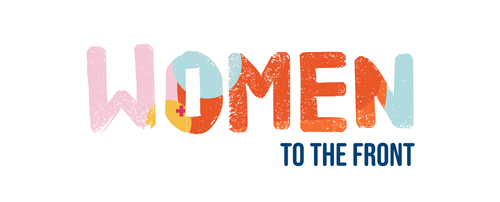Did you see the gender pay gap figures that were announced yesterday?
It happened because unions fought – and won – to bring in new laws that force companies to publicly disclose the difference between male and female workers’ earnings.
The numbers tell us that we’ve come a long way, particularly in the last few years, but there’s still a lot of work to be done.
What’s new?
Every year, the Workplace Gender Equality Agency (WGEA) collects information from every employer in Australia that has more than 100 employees. Up until now, the WGEA has only published a summary of these findings on its website, including Australia’s overall gender pay gap, and the gap in each industry.
But for the first time, this year the WGEA also published the gender pay gaps of individual employers.
It did that because of new legislation brought in early last year by the Albanese Government through the Workplace Gender Equality Amendment (Closing the Gender Pay Gap) Bill 2023.
Unions campaigned for this Bill because we know that pay transparency is a powerful tool in continuing to improve the national gender pay gap.
What do the numbers tell us?
The good news is, that on all measures, the gender pay gap is coming down. In fact, it’s the lowest ever on record.
The median gender pay gap is now 19%, based on employee’s total remuneration (i.e. that includes base salary, superannuation, overtime, and bonuses).
Improvements to the gender pay gap are a result of union campaigns – 50 years ago, it was unions who won the legal right to “equal pay for work of equal value”, and much more recently, we’ve seen a lot of progress for working women over the past two years, backed by support from the Labor Government.
From a 15% pay rise for aged care workers, to historic increases to the minimum wage to new pay secrecy laws; the list goes on. But there is more work to do.
The median of what a woman is paid is still $18,461 less than a man. This gap is symptomatic of work done mainly by women being undervalued, and the evidence is that women with less security and less bargaining power are more subject to hostile and unsafe work practices.
Where to from here?
National gender pay gaps in other countries have decreased after mandating that employer gender pay gaps be made public; so we can reasonably hope that we will see the same here in Australia.
But that’s not all we can do: unions have always campaigned for equality and for workplaces free from discrimination, and now is no time to slow down.
Watch this space – or better yet, be part of it: in workplaces (even if that’s soccer fields or netball courts!) across the country, working women are coming together to get things done.












SHARE:
Gender pay gap the lowest on record